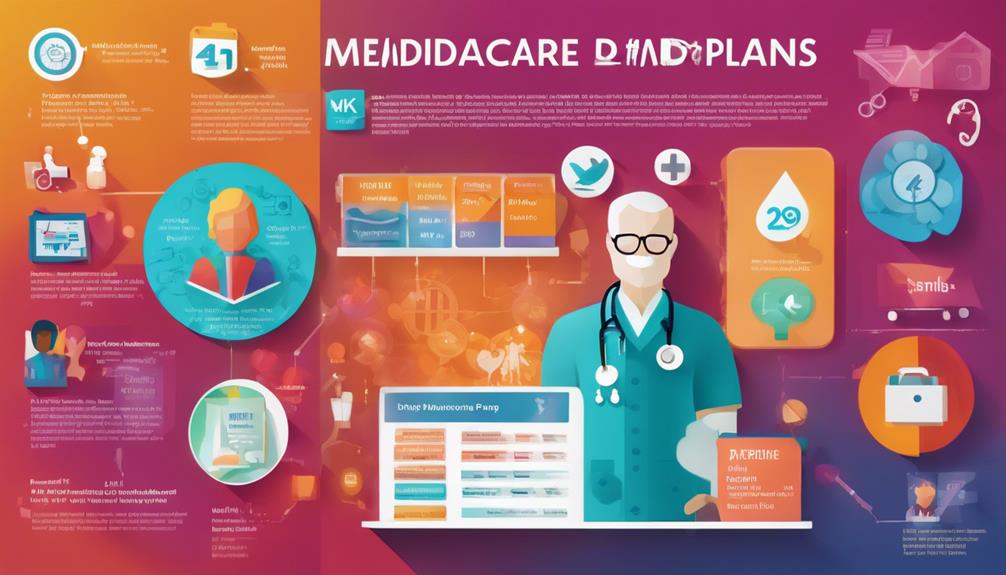Medicaid is a crucial program that provides healthcare coverage for millions of Americans, particularly those with low income. In this blog post, we will explore the various facets of Medicaid, including its history, eligibility requirements, benefits, and more. Understanding Medicaid is essential for anyone looking to navigate the complexities of healthcare in the United States.
What is Medicaid? A Brief Overview
Medicaid is a state and federal program designed to provide health coverage to individuals and families with limited income. Established in 1965 under the Social Security Act, it aims to offer essential medical services to those who may not otherwise afford them. Each state administers its own Medicaid program with federal guidelines, leading to variations in coverage and eligibility criteria across the country. Understanding Medicaid involves recognizing its role in the larger healthcare system and its impact on public health.
Eligibility Requirements for Medicaid
To qualify for Medicaid, applicants must meet specific eligibility requirements that vary by state. Generally, these requirements are based on income, household size, and other factors. In many states, Medicaid expansion under the Affordable Care Act (ACA) has broadened eligibility to include low-income adults without dependent children. Factors such as age, disability status, pregnancy, and being a caretaker for a child can also influence eligibility. Understanding the intricacies of Medicaid eligibility is crucial for those seeking assistance.
The Benefits of Medicaid Coverage
Medicaid provides a wide range of benefits that cover essential health services. These benefits typically include hospital visits, doctor appointments, preventive care, mental health services, and long-term care. Additionally, Medicaid often covers prescription medications, laboratory tests, and various therapies. The comprehensive nature of Medicaid benefits makes it a lifeline for millions, offering critical healthcare services that might otherwise be financially out of reach. Understanding Medicaid’s benefits can help individuals make informed decisions about their healthcare needs.
How to Apply for Medicaid
Applying for Medicaid can seem daunting, but the process is straightforward if you know what to expect. Generally, applicants can apply online, by phone, or in person at local Medicaid offices. The application process typically requires personal information, such as income, household size, and proof of residency. It’s essential to have all necessary documentation ready to ensure a smooth application process. Understanding how to apply for Medicaid can empower individuals to access the healthcare services they need.
Medicaid vs. Medicare: Key Differences
While both Medicaid and Medicare are government-funded programs that provide health coverage, they cater to different populations and have distinct eligibility requirements. Medicaid serves low-income individuals and families, regardless of age, while Medicare is primarily for those aged 65 and older or individuals with specific disabilities. Understanding the differences between Medicaid and Medicare is vital for individuals seeking the right healthcare coverage for their needs, ensuring they receive appropriate benefits based on their circumstances.
The Impact of Medicaid on Public Health
Medicaid plays a significant role in promoting public health by providing access to necessary medical services. Studies have shown that Medicaid expansion leads to improved health outcomes, reduced mortality rates, and increased access to preventive care. By covering vulnerable populations, Medicaid helps mitigate health disparities and contributes to a healthier society overall. Understanding Medicaid’s impact on public health underscores its importance as a critical component of the American healthcare system.
Challenges Facing the Medicaid Program
Despite its essential role, Medicaid faces several challenges, including funding issues, state budget constraints, and policy changes. As healthcare costs continue to rise, states may struggle to maintain current levels of service or expand coverage. Additionally, fluctuations in political leadership can lead to changes in Medicaid policies, impacting beneficiaries’ access to care. Understanding the challenges facing Medicaid is crucial for advocates and policymakers seeking to improve the program and ensure its sustainability.
The Future of Medicaid: Trends and Predictions
The future of Medicaid is influenced by various factors, including healthcare policy changes, demographic shifts, and technological advancements. As the population ages and more individuals seek coverage, Medicaid may need to adapt to meet growing demands. Innovations in telehealth and digital health solutions could also play a role in improving access to care and enhancing service delivery. Understanding the future trends in Medicaid can help stakeholders prepare for potential changes and advocate for policies that benefit underserved populations.
In conclusion, Medicaid is a vital program that provides essential healthcare coverage for millions of Americans. By understanding its intricacies, benefits, and challenges, individuals can navigate the healthcare landscape more effectively. Whether you’re seeking coverage for yourself or advocating for others, knowledge of Medicaid is key to accessing the healthcare services needed for a healthier life.Aetna Better Health Member ServicesWhat Health Insurance Does Walmart HaveCarefirst Medical
